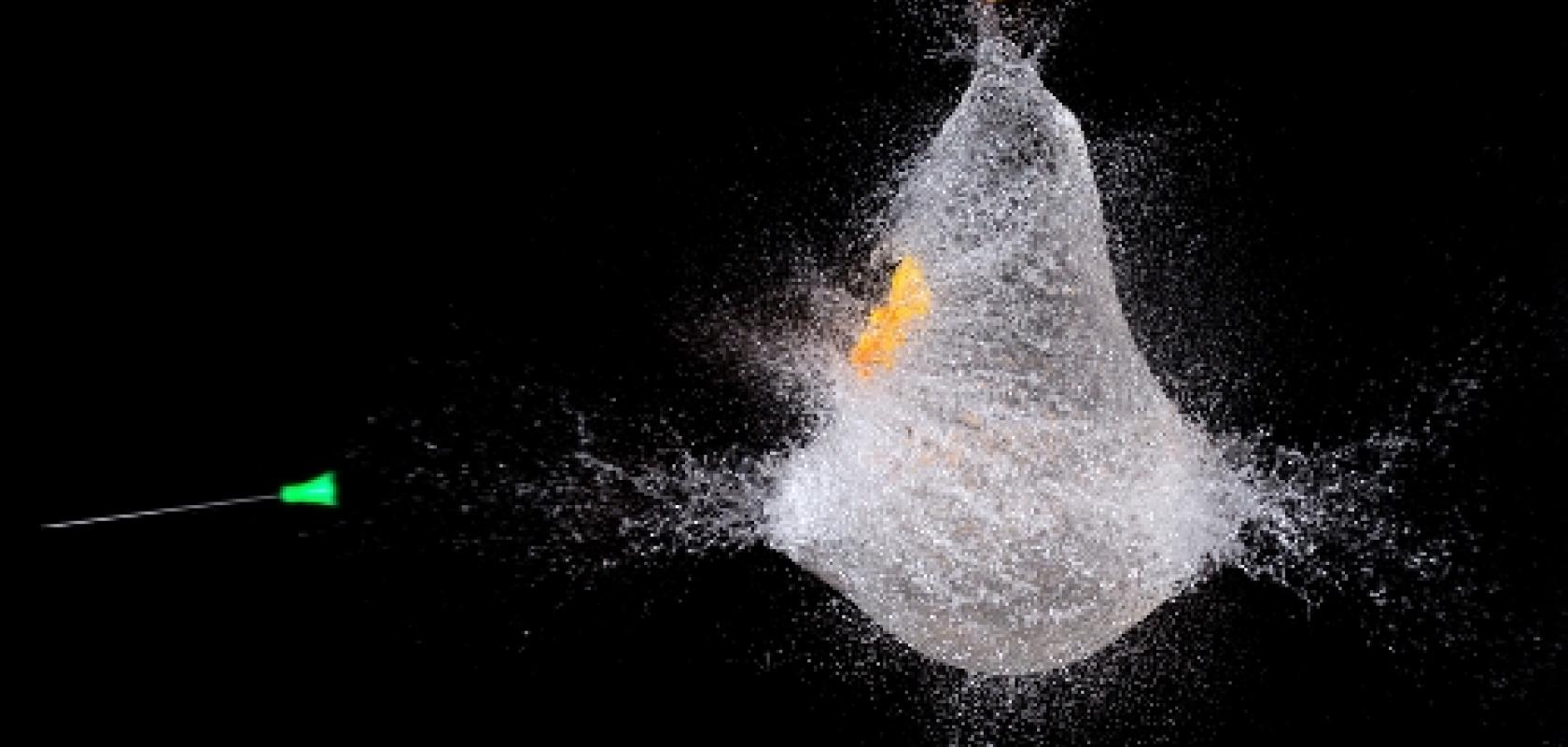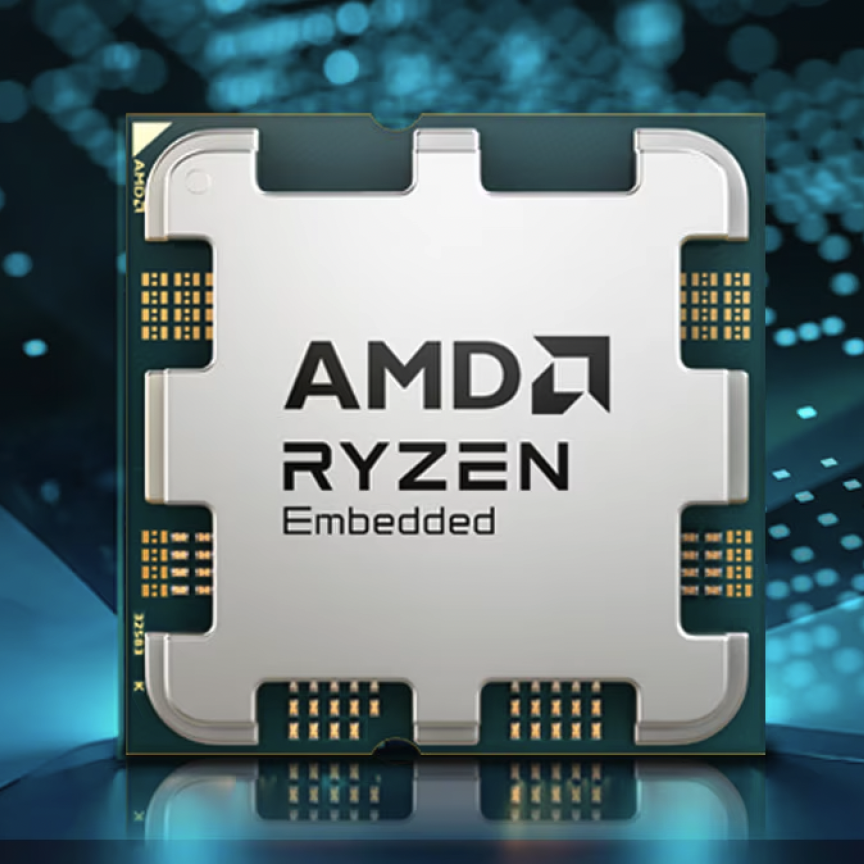Researchers at the Beijing National Research Center for Information Science and Technology (BNRist) have demonstrated real-time 3D imaging at 500,000 fps, a record for continuous 3D imaging.
The team built a proof of concept using single-pixel photodetectors - instead of CCD or CMOS sensors - and high-speed structured illumination. They anticipate the technology could have important applications in industrial in-line inspection.
Digital light processing devices can create illumination patterns for structured light 3D imaging at tens of kilohertz refresh rate, but the speed of imaging is normally limited to the frame rate of the image sensor.
The group’s time-encoded single-pixel 3D imaging technology is able to overcome speed limitations present in both the active illumination and the image sensor. Its time-encoded structured illumination can generate patterns at 50MHz, while single-pixel photodetectors, positioned at different spatial angles, can acquire a signal at 100MHz, much faster than CCDs or CMOS sensors.
The speed of the illumination pattern in the technique is only limited by the laser pulse repetition rate, which the team say can reach gigahertz rates. The team say that, in principal, the technique could capture objects moving at 500m/s with 1mm resolution.
The data captured by such a device is reconstructed into an image through inverse fast Fourier transform.
Each measurement from the pulse train reflected from the scene is completed in 20ns. Within each frame, 80 measurements are used, making the frame duration 2µs corresponding to a frame rate of 500,000 fps.
In the demonstration, the team ran the photometric stereo algorithm used to form an image on a personal computer; the algorithm can be transplanted to a GPU.


